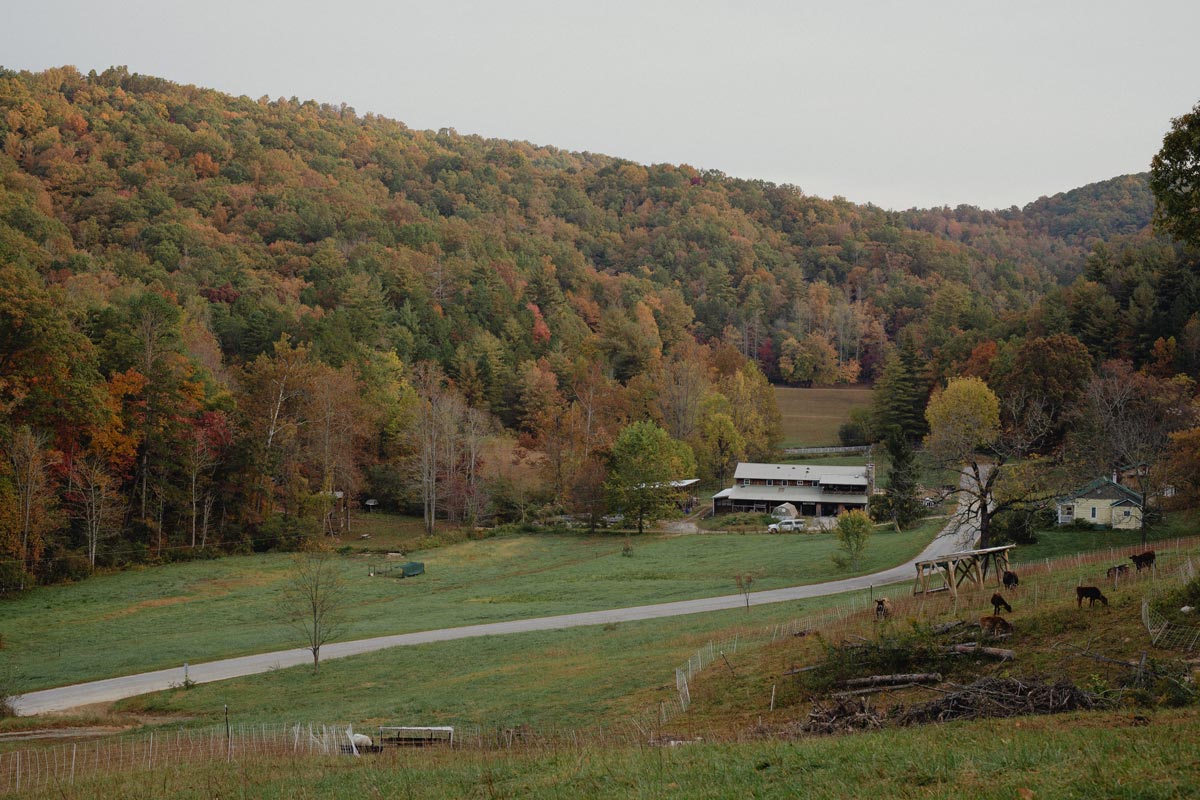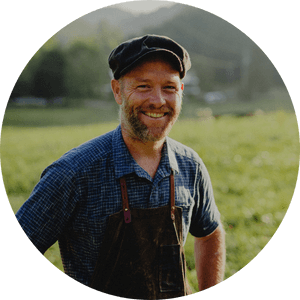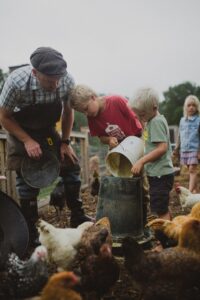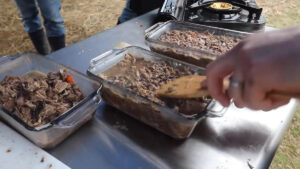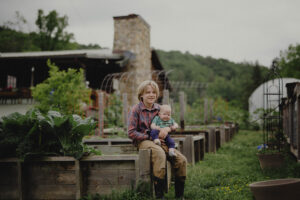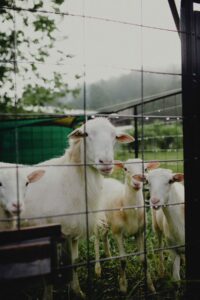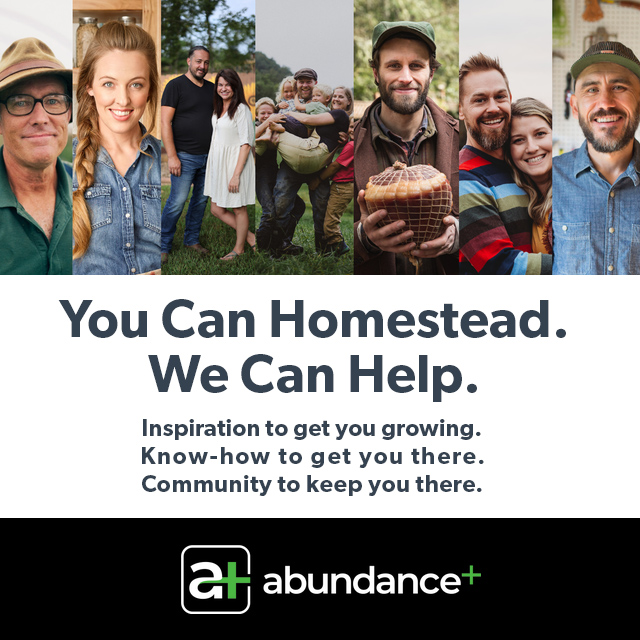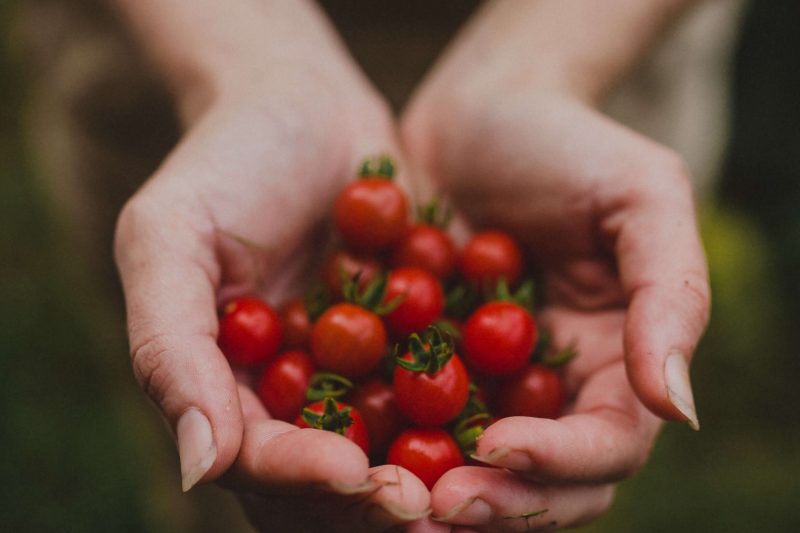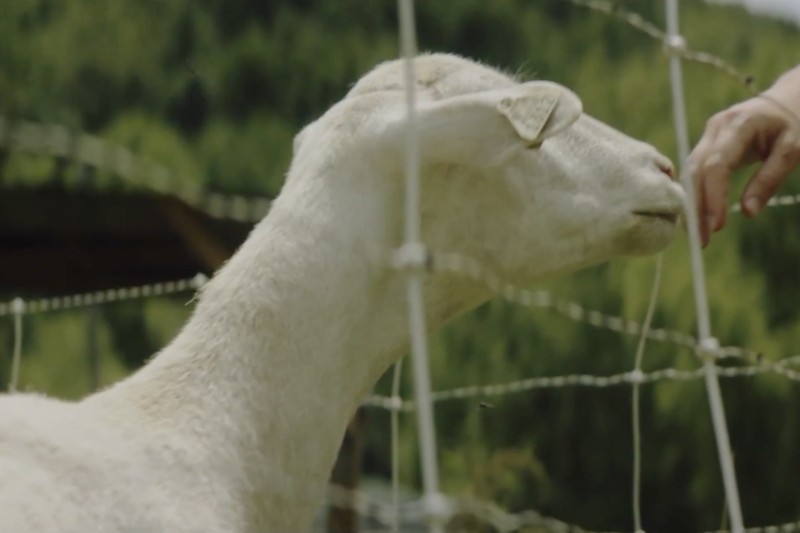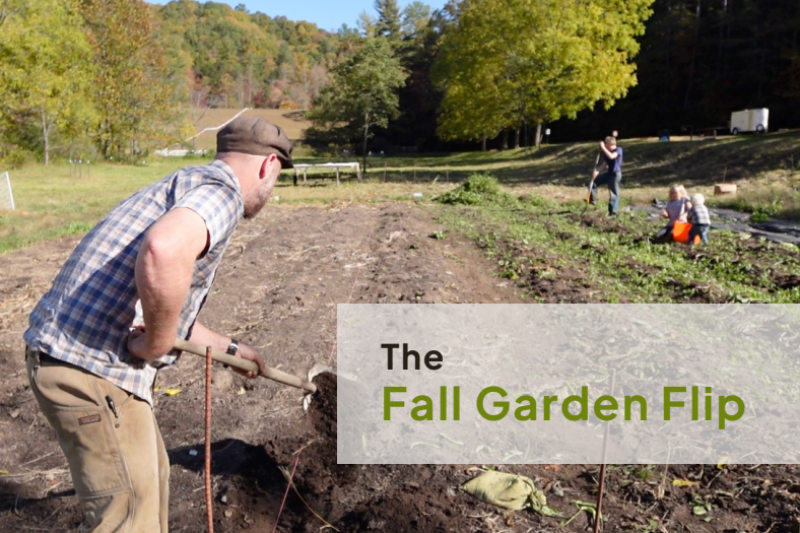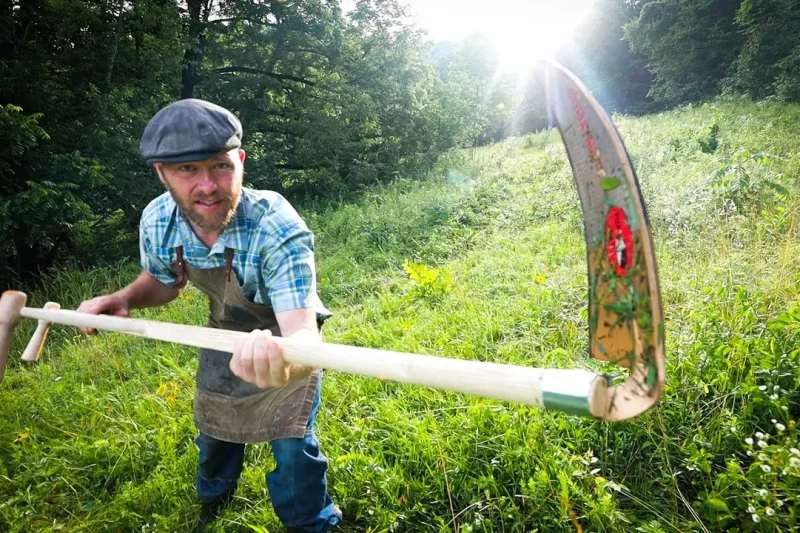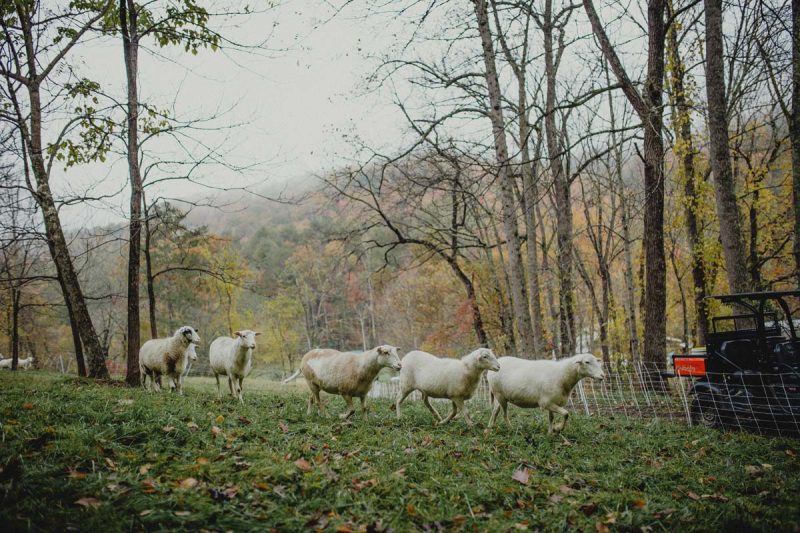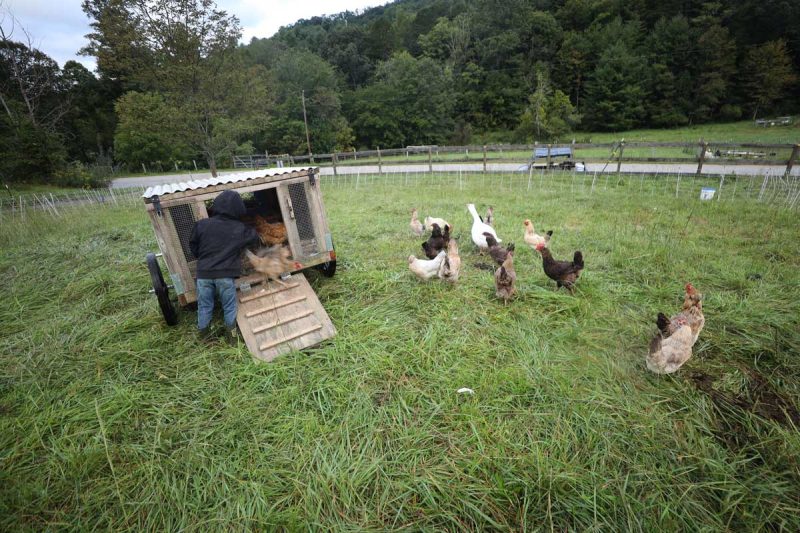They are experts at helping people utilize the land they already have or giving advice on getting and using new land.
The Doughertys have been doing this for decades for others and themselves, so they have first-hand knowledge of what works and what doesn’t. They have the best information you need when acquiring a homestead.
In this post, we’ll walk through what you need to know before buying and starting a homestead, what the land will teach you, what you should avoid when buying a homestead property, and most importantly, what you should look for in a homestead.
You can also get more information by checking out my blog post on homestead planning the right way or gaining free access to the first class the Dougherty’s “Frugal Homesteading” series featured on Abundance+. In this class, Shawn and Beth go into much more detail on buying a homestead, the things to forget about before you even begin looking for a homestead property, and letting your new homestead tell you what to do first.
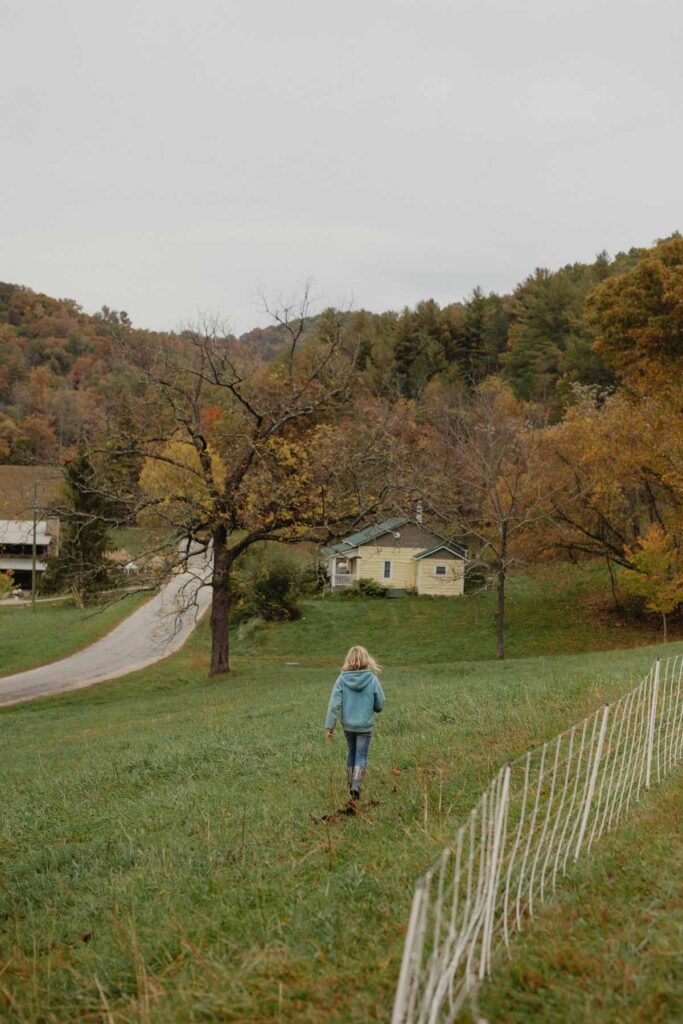
What To Know Before Starting a Homestead
So, you finally make the fantastic decision that you want to buy a homestead. Great! But why do you want to homestead? Knowing what is required and the critical goals to focus on when owning a homestead will help you ask the right questions.
This will also help you find the right piece of property and keep your homestead functioning at its best. Here are some important goals for you to consider:
- Manage & Harvest – The most important goal of any homestead is to know how to manage the capturing of sunlight and how to harvest your rainfall. Sunlight is your energy source, and rainfall is your property’s and animals’ most important resource, providing food. All properties are best utilized by making this the main focus.
- Undo the Damage – While the perfect and “ready-to-move-in” property is what everyone wants, the bigger and more exciting goal is to undo the damage someone else did. Maybe someone let the land be completely overgrown or filled it with junk. Your mission is to bring in animals to clear away this growth, remove the junk, and re-establish this great land as your own.
- Recover Wet & Muddy Places – Even if you find some watery areas on your property, as time goes on, they will change. Plus, you will implement systems to help with these recovery processes. And then, they will be more farmable depending on how they are used. Seeps can also be utilized well to drain pastures.
- Your Garden of Eden – While you don’t need to find the absolute perfect piece of land, you want to remember that you want your land to ultimately be your Garden of Eden, meaning YOUR special homestead.
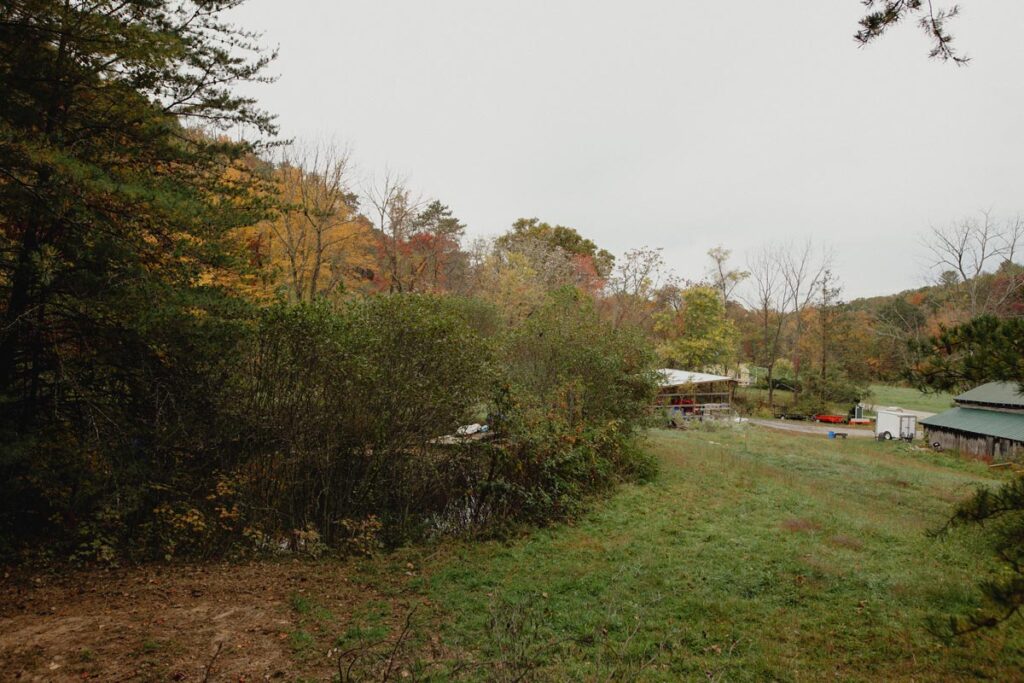
Questions to Ask Before Buying
So now you have decided to pursue your homestead dream and know some of your goals; next, it is time to ask some questions. Having upfront answers to homesteading questions about buying a property will help keep you focused on what type of land you want and how to best find it.
- Do I want to be buying land or leasing it? – If you can afford it, buying land is always better. But if you can’t, there is always the option to lease.
- How many acres do I need for homesteading? – Five to ten acres is a good rule of thumb for the size of homestead acreage.
- What is growing, and who eats that? – Look at the land and figure out what grows there. Then you will want to get the animals that eat that growth. Let them on your property; they will naturally bring your land back to how it should be.
- What does this land need right now? – Maybe you want to do something different than what the land offers right away. That can be fine, but take care of what the land needs first to get it working the best for you. You can always make changes later. This could mean you’re using goats, pigs and sheep to clear forested areas to expand pasture land. Maybe you’re rehabilitating the grasses. And maybe your ponds and creeks need some help. Different animals can help with each of these.
- What can the structures do for me? – Examine the current structures on the property. Maybe the barn can be used as a house instead. Maybe the shed can be turned into a place to milk cows. Maybe some of the structures just need to be torn down altogether. If you don’t have the funds to fence in your property right away (or aren’t sure you even want to), check out my post on how to set up an electric fence.
- What do I want to raise? – After you know what animals you need to help rejuvenate the land, figure out where to put them. From there, you’ll know what structures they may need, if any.
- Can I find a great piece of junk land? – There is plenty of junk land to be found, mainly because most people don’t know how to get the land back into excellent condition. These properties tend to remain unsold. Realtors rarely make large commissions on these properties, so they usually don’t mention them. Scour the nearby areas or check auctions to find some on your own.
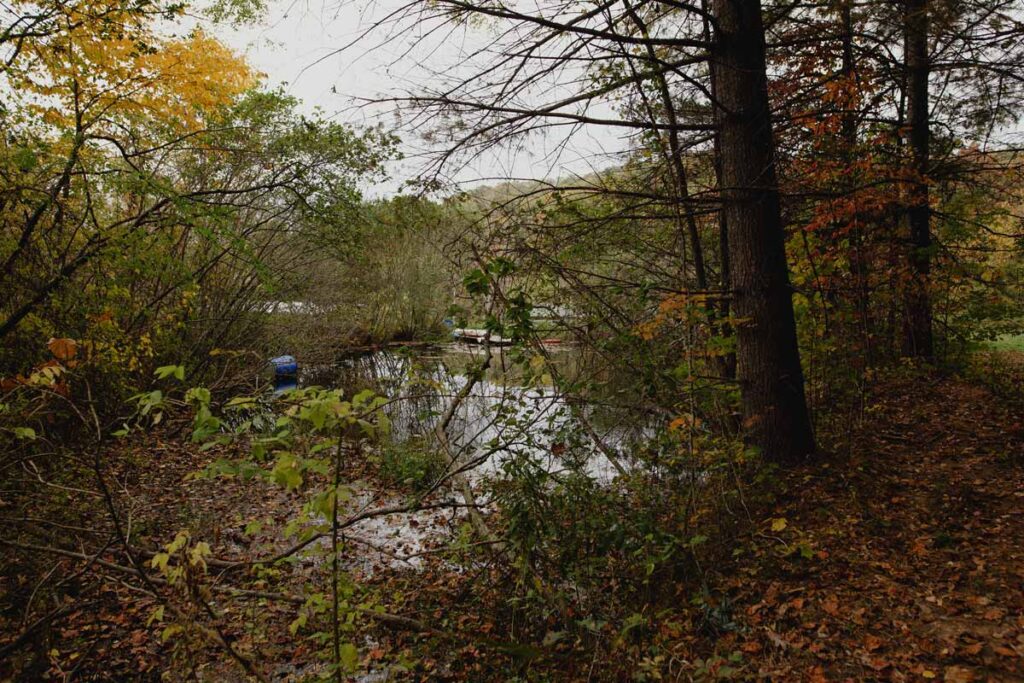
What Should I Look For In a Homestead?
There are many qualities to look for in a homestead, so how do you know what they are? Using the goals you learned about above and answering the questions mentioned, I have now included a list of those qualities to look for.
- Your Land Should Have Woods – These woods will provide you with heat and shelter. You can use the wood as firewood and the actual wooded areas as shade and shelter for animals.
- Your Land Should Have Rolling Topography – The rolling areas are great for utilizing gravity to help move water around. Using this type of land is better than having a flat homestead where you have to make complicated arrangements to move your water around the property.
- Find a Complete Working Ecosystem – You will want lands with multiple things, such as some hills, some woods, and some flatlands. This way, you can utilize all areas as needed.
- No Major Changes on the Land – In the last few years, make sure there have been no significant changes to the land. This nullifies the true ecosystem that the land actually should be. You want to see the land in its most authentic state possible.
- Affordability Of The Land – The best land is the land you can realistically afford and still have money left over to make the improvements needing to be done.
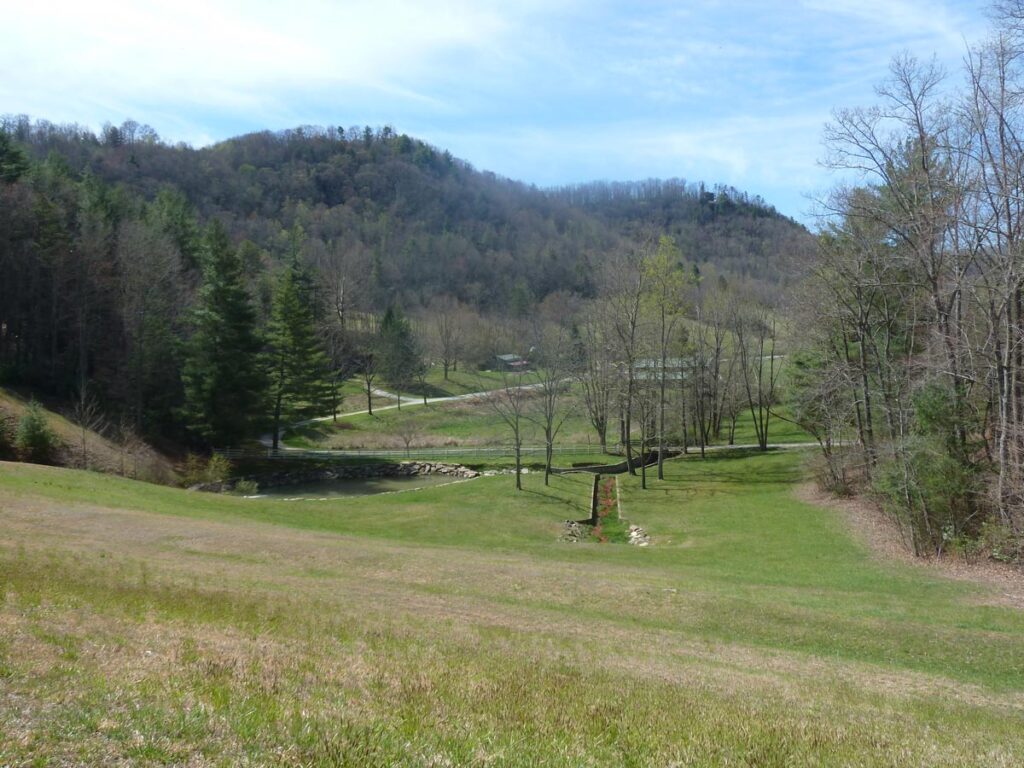
What to Avoid When Buying a Homestead
Of all the information we have already discussed, what to avoid is also very important. Not as much fun, but a must to discuss. Sometimes you find something you think will work but forget what you should avoid.
- Avoid Large Infrastructure – The buildings you first find on your property could be exactly what you envision. On the other hand, the structures could be wrong, too big or too small, and in the wrong place. But be willing to let go of what should be perfect and embrace what will work best to open up your options.
- Think Land Rich and House Poor, Not the Opposite – Most people envision a Fischer Price-like farm with their dream home and barn next to the perfect garden and animal pasture. A better way to look at a homestead is to envision the land’s fantastic features. Then look at what the land suggests you build to maximize the land’s offerings. Pro Tip: Get rid of the image of what you think a perfect farm looks like.
- Say No To The House of Your Dreams – Everyone wants the house of their dreams. But this ideal house might mean your energy is misplaced. You may spend more time and money on the needs and endless upkeep of a dream home instead of using those resources on the land to support your homesteading goals.
- Avoid Misidentifying Sheds on the Property – There may be a shed or a small barn that looks great and seems functional but may be in the wrong place. For instance, a milking shed may be perfect but be on the complete opposite end of where the cows should be grazing. This milking shed may be better used for something else.
- The Cows Need Shelter Myth – Cows don’t need shelter. If you plan to raise cows, just remember that cows do fine out in the open. Woods are great for a bit of protection, and so is a milking barn, but they are both unnecessary. You can even milk cows under a carport or out in the open.
- Don’t Pay! – You don’t need a fancy barn or perfect fence. You don’t need to pay for an improvement on a property you aren’t even sure you need yet. So don’t pay for this upfront. Invest your money wisely. It is only worth paying for and investing in the infrastructure you need.
- Avoid Attempting Perfection – Things will go wrong. Be ready for this, both mentally and financially. This is an important reminder. If you can’t handle these roadblocks, you shouldn’t be homesteading. Someone who enjoys processes, whether easy or hard, will be the one who is a successful homesteader.
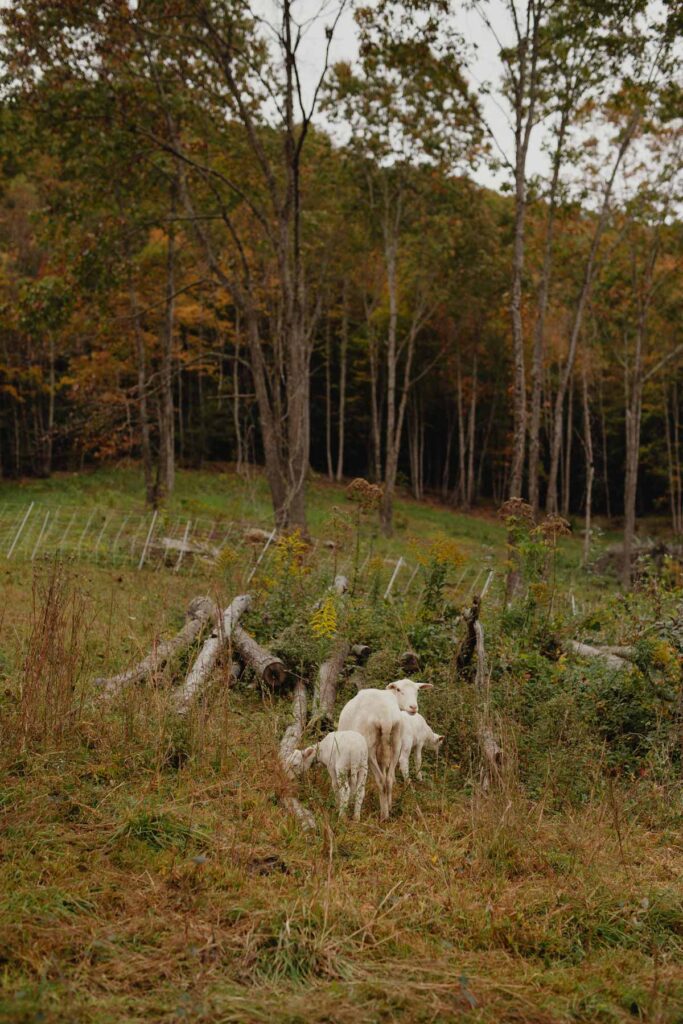
Let the Farm Teach You What You Need
Land has a fantastic way of telling you precisely what it needs. You may find land that needs clearing, and you need to know what it can do for you.
Keep some essential aspects of ecosystems in mind. The most efficient solar panels are grasslands, so turning these into the perfect homestead feature means that new growth gets all of the sunlight it needs.
All of the non-woody plants on your homestead are usually symbiotic with your lawnmower, meaning humans can come in and clear all of this out. But why not use your animals instead? All forage is edible to some type of animal, whether it be goats, sheep, or cows.
Find out which animal eats what on your land to get the animals to clear it for you. Then get them on that land doing what they do best. They will eat and then fertilize the grasslands. Now worms and bacteria get in, repurpose the soil, and everything gets fertilized. You end up with people’s food, animal food, and soil food.
Just Start
We covered a lot of information, but the bottom line is, just start. Use the suggestions, answer the questions, know your goals, and avoid the pitfalls. If you keep at it and are determined, you will not only find your perfect homestead but also turn it into your Garden of Eden. Your perfect homestead.
This blog post is part of a new series on Abundance Plus called Frugal Homesteading. It is one of seven videos featuring the Doughterys. Click here to watch the entire first episode of Frugal Homesteading, or sign up for a free 7-day trial to Abundance+ here.
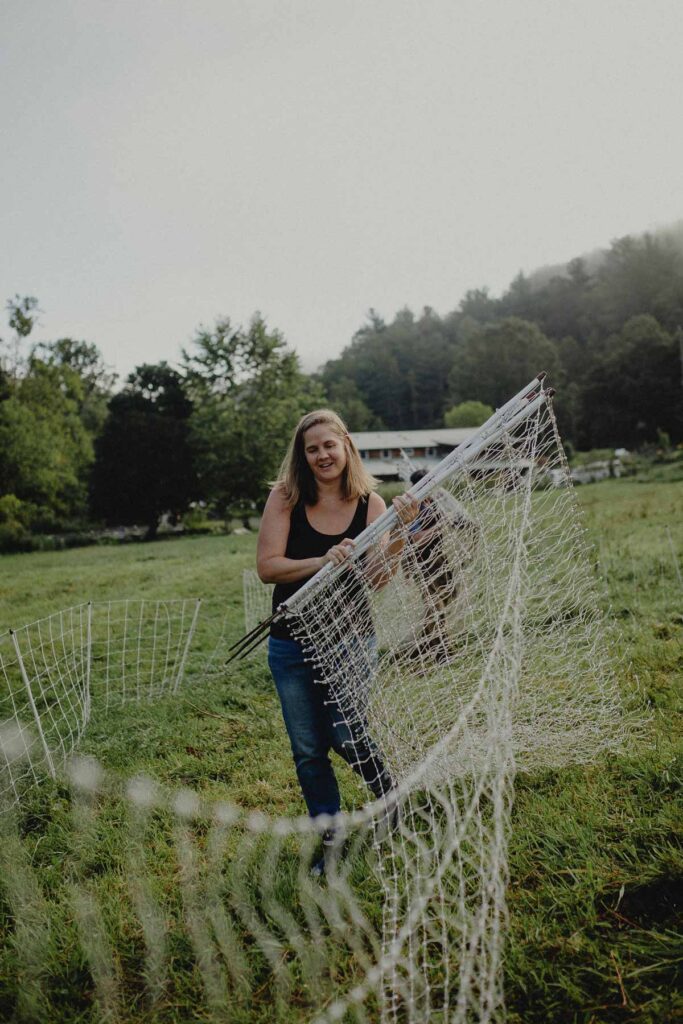
More Posts You May Enjoy
- How To Set Up An Electric Fence on the Homestead
- What Farm Animals Eat in a Day
- Winter Greenhouse Garden
- Best Cow Breed for Milk
- How Much Does it Cost to Grow a Garden?
- Chicken Coop Ideas – 5 Methods That Work
- Companion Planting with Asparagus and Strawberries
- Raised Garden Bed Plans
- Using Chickens for Garden Pest Control & Disease in Orchards

